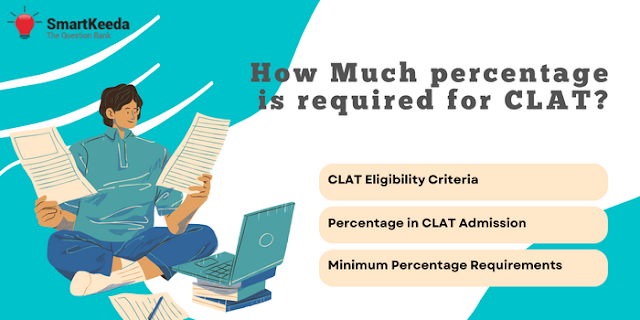Decoding the CLAT Syllabus: A Comprehensive Guide for Aspiring Law Students
Understanding the CLAT Exam Structure
The CLAT exam consists of multiple sections, each designed to assess different aspects of a candidate's aptitude. We'll delve into the structure of the exam, discussing the various sections, the number of questions, and the time allotted for each.
Legal Aptitude – The Heart of CLAT
Legal Aptitude is a crucial section in the CLAT syllabus, focusing on testing your legal reasoning skills. We will explore the types of questions asked, including legal principles, case studies, and legal reasoning, providing tips on how to approach and excel in this section.
Mastering English in CLAT
The English section evaluates your proficiency in grammar, vocabulary, and comprehension. This section often includes passages, grammar-based questions, and vocabulary assessments. Our guide will offer strategies to enhance your language skills and tackle this section effectively.
Unveiling Logical Reasoning
Logical Reasoning is another vital component of the CLAT exam. We will break down the different types of logical reasoning questions, offering problem-solving techniques and practice exercises to sharpen your logical thinking skills.
Quantitative Techniques – Breaking the Myth
Many law aspirants find the Quantitative Techniques section intimidating. Our guide will dispel myths surrounding this section, providing simplified approaches to tackle mathematical problems and enhance your quantitative aptitude.
General Knowledge and Current Affairs
Stay updated with the world around you! The General Knowledge and Current Affairs section of CLAT assesses your awareness of current events and general knowledge. Our guide will highlight essential topics to focus on and recommend reliable resources for staying informed.
Acing the CLAT Mock Tests
Practice makes perfect, and this holds true for CLAT preparation. We will emphasize the importance of mock tests, sharing insights on how to use them strategically to identify strengths and weaknesses, manage time effectively, and build confidence.

.png)


Comments
Post a Comment